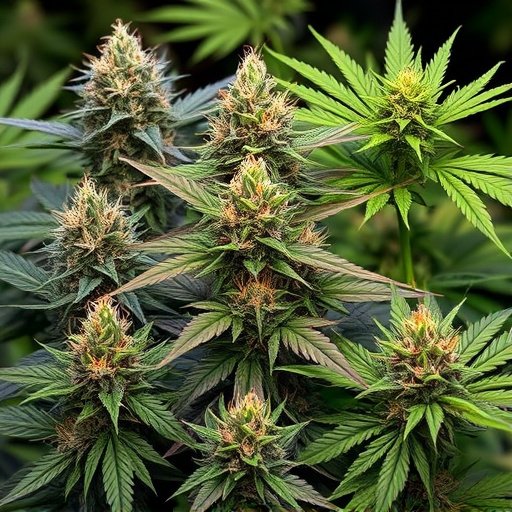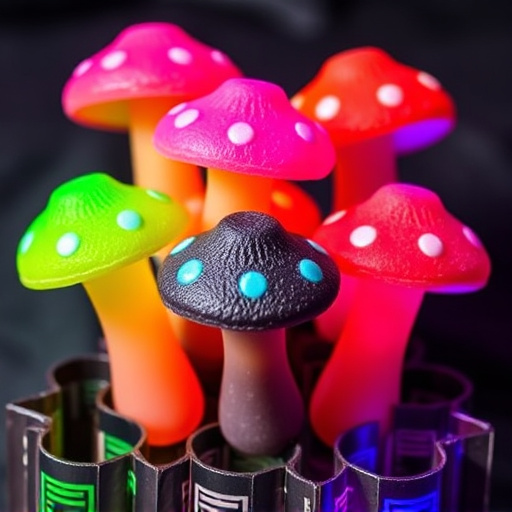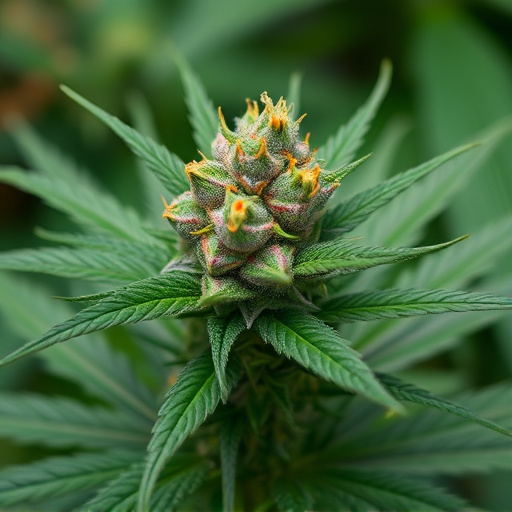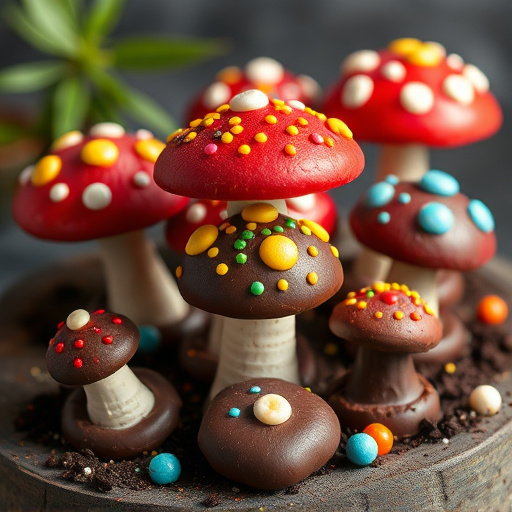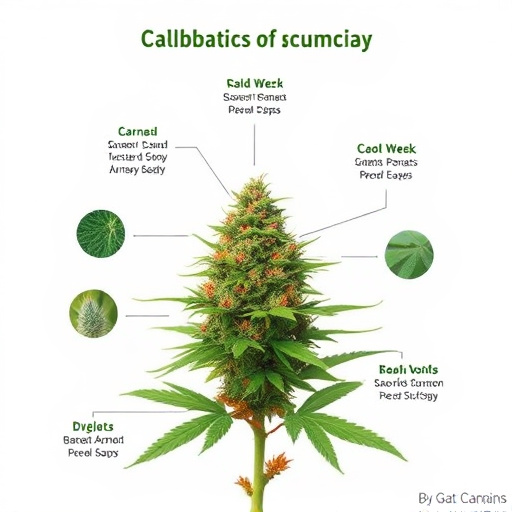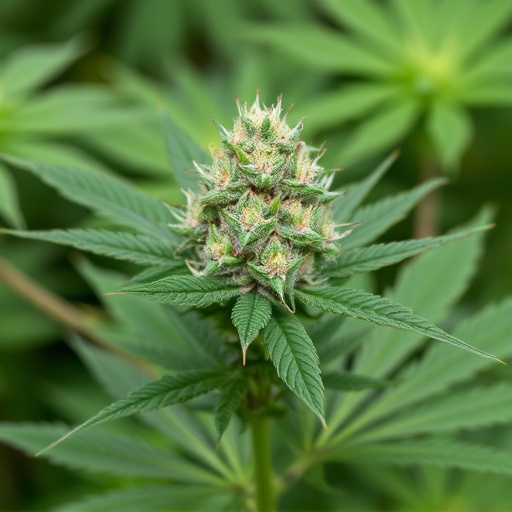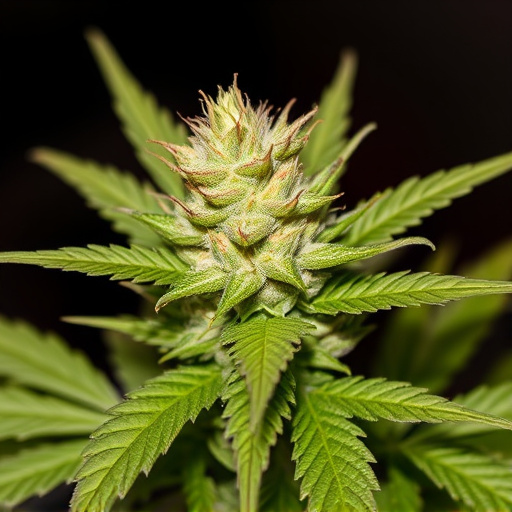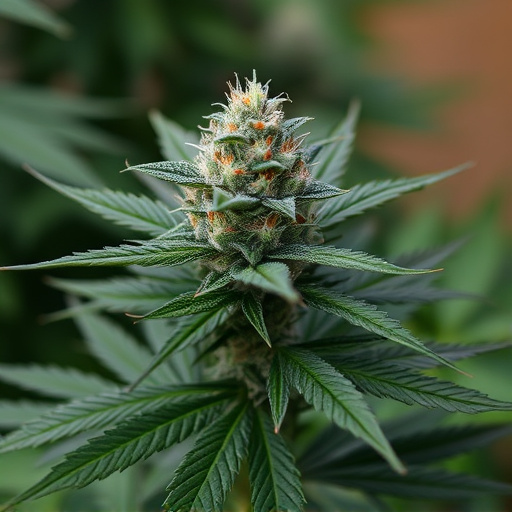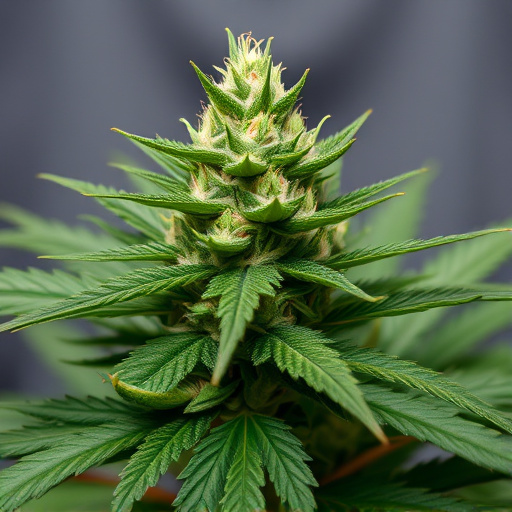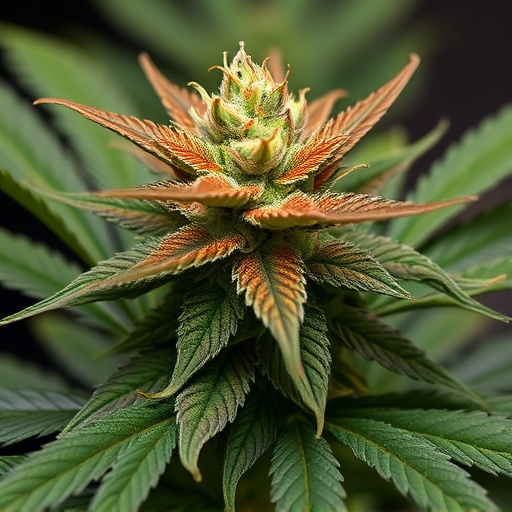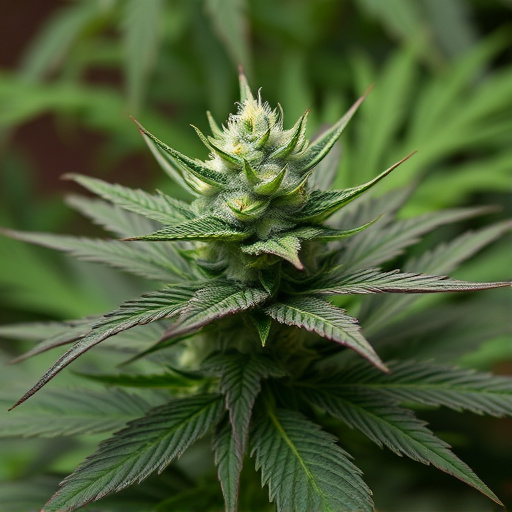Temperature plays a crucial role in the absorption and potency of cannabinoids in low odor cannabis strains. THC degrades at higher temperatures, so ideal consumption ranges from 157°F to 203°F (70°C to 95°C) for maximum effectiveness. CBD, though more stable, can also break down with excessive heat; lower temperature methods like vaporization or sublingual administration enhance CBD absorption and preserve its benefits. Understanding these temperature sensitivities is key to optimizing the efficacy and enjoyment of low odor cannabis strains, offering a more efficient way to experience therapeutic benefits while preserving subtle aromas.
“Unraveling the intricate relationship between temperature and cannabinoid absorption is a game-changer for understanding the optimal consumption methods of THC and CBD. This article delves into the science behind these compounds’ sensitivity to heat, revealing how temperature manipulation can enhance or alter their effects. We explore specific insights regarding low odor cannabis strains, offering a fresh perspective on why temperature matters in maximizing the benefits of these popular substances.”
- Understanding THC and CBD Sensitivity to Temperature
- The Role of Heat in Enhancing Cannabinoid Absorption
- Exploring the Impact on Low Odor Cannabis Strains
Understanding THC and CBD Sensitivity to Temperature

Temperature plays a significant role in determining the absorption and effectiveness of cannabinoids, particularly THC (tetrahydrocannabinol) and CBD (cannabidiol), in low odor cannabis strains. These compounds are sensitive to heat, with THC becoming less potent at higher temperatures due to its tendency to degrade. The ideal temperature range for maximizing THC potency is between 157°F to 203°F (70°C to 95°C).
CBD, on the other hand, exhibits stability over a broader temperature range. However, excessive heat can still lead to its breakdown, especially when exposed to high temperatures for extended periods. For optimal CBD absorption, consumption methods that maintain lower temperatures, such as vaporization or sublingual administration, are recommended. Understanding these temperature-related sensitivities is crucial in enhancing the overall efficacy and enjoyment of cannabis products, ensuring consumers receive the intended benefits from their chosen low odor strains.
The Role of Heat in Enhancing Cannabinoid Absorption
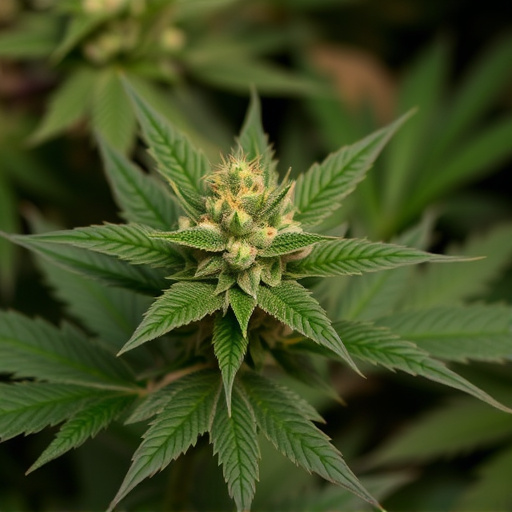
The role of heat in enhancing cannabinoid absorption is a fascinating aspect often overlooked in discussions about cannabis consumption. When cannabis, especially low odor cannabis strains, is heated, it triggers a series of chemical reactions that facilitate the release and absorption of key compounds like THC (tetrahydrocannabinol) and CBD (cannabidiol). This process, known as thermo-chemical activation, can significantly improve the bioavailability of these cannabinoids.
In low odor cannabis strains, heat helps break down the plant’s complex matrix, allowing THC and CBD to dissolve more easily into the blood stream. As a result, users may experience faster and more intense effects when consuming heated cannabis compared to other methods like vaping or inhalation. This enhanced absorption has implications for both medicinal and recreational users, offering a more efficient way to harness the therapeutic benefits of these valuable cannabinoids.
Exploring the Impact on Low Odor Cannabis Strains
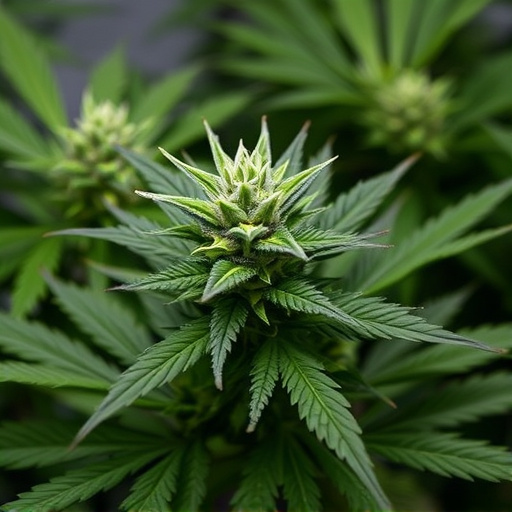
Low odor cannabis strains have gained popularity among consumers seeking discreet and subtle experiences. When exploring how temperature affects THC and CBD absorption, these strains present a unique interest. The volatile nature of terpenes, responsible for the distinct aromas and flavors in cannabis, is less pronounced in low odor varieties. While temperature does influence the vaporization and absorption rates of cannabinoids like THC and CBD, the impact on terpene release and subsequent scent can be different compared to high-aromatic strains.
Research suggests that lower temperatures tend to preserve terpenes better, meaning the characteristic odors associated with specific cannabis strains may be more intact in low odor varieties at cooler vaporization settings. This has implications for consumers who prefer subtle, barely perceptible effects but still want to benefit from the therapeutic properties of CBD and THC. By understanding how temperature interacts with cannabinoids and terpenes, users can optimize their consumption methods, especially when using low odor cannabis strains.
In understanding how temperature influences THC and CBD absorption, we uncover a crucial aspect of cannabis consumption. The heat-dependent nature of these cannabinoids in low odor cannabis strains offers insights into optimized delivery methods. By appreciating the delicate balance between temperature and sensitivity, consumers can enhance their overall experience, ensuring effective and efficient absorption. This knowledge empowers individuals to make informed choices, maximizing the benefits of their preferred cannabis strains.

